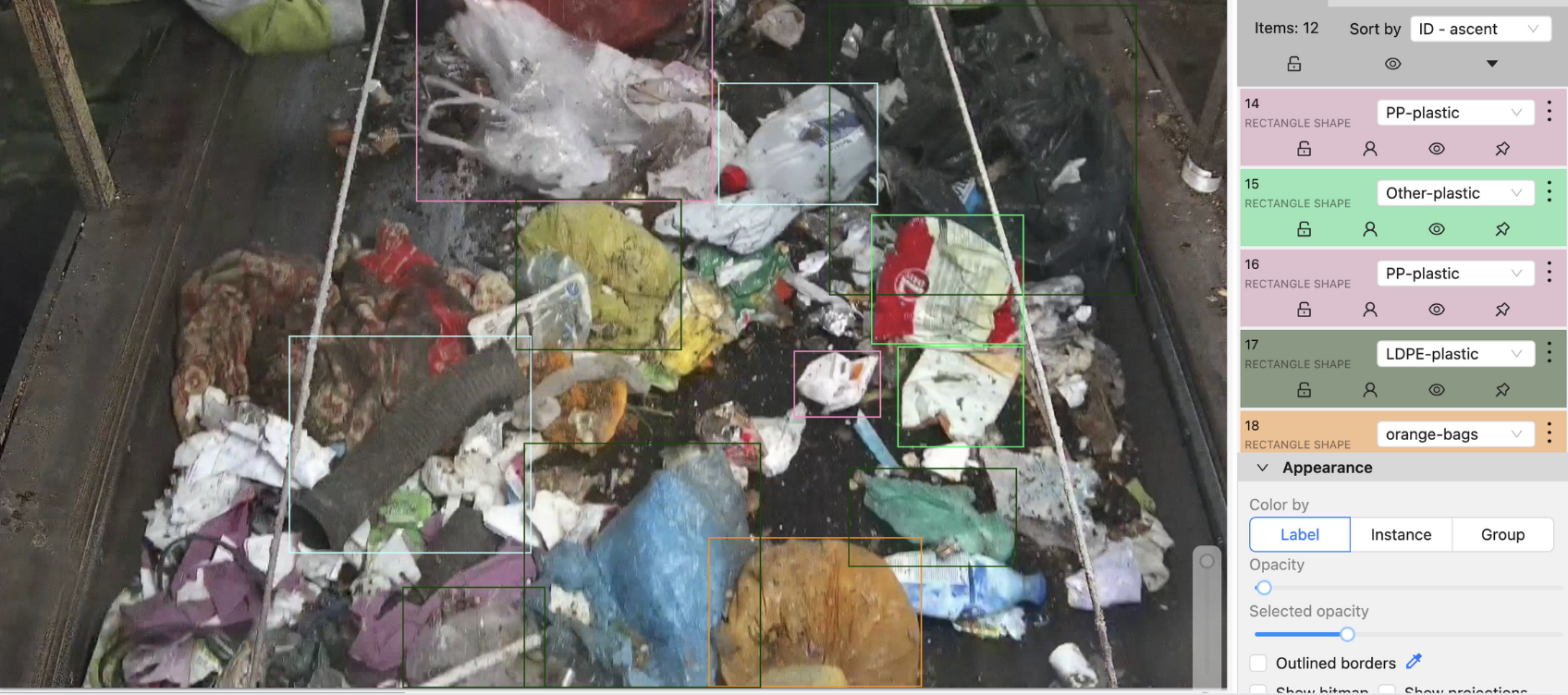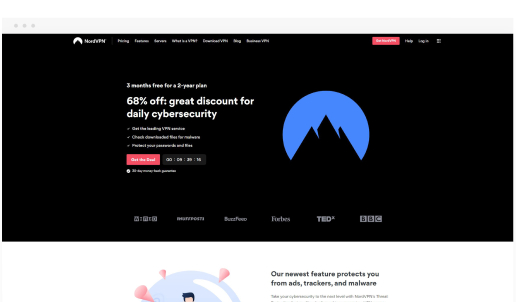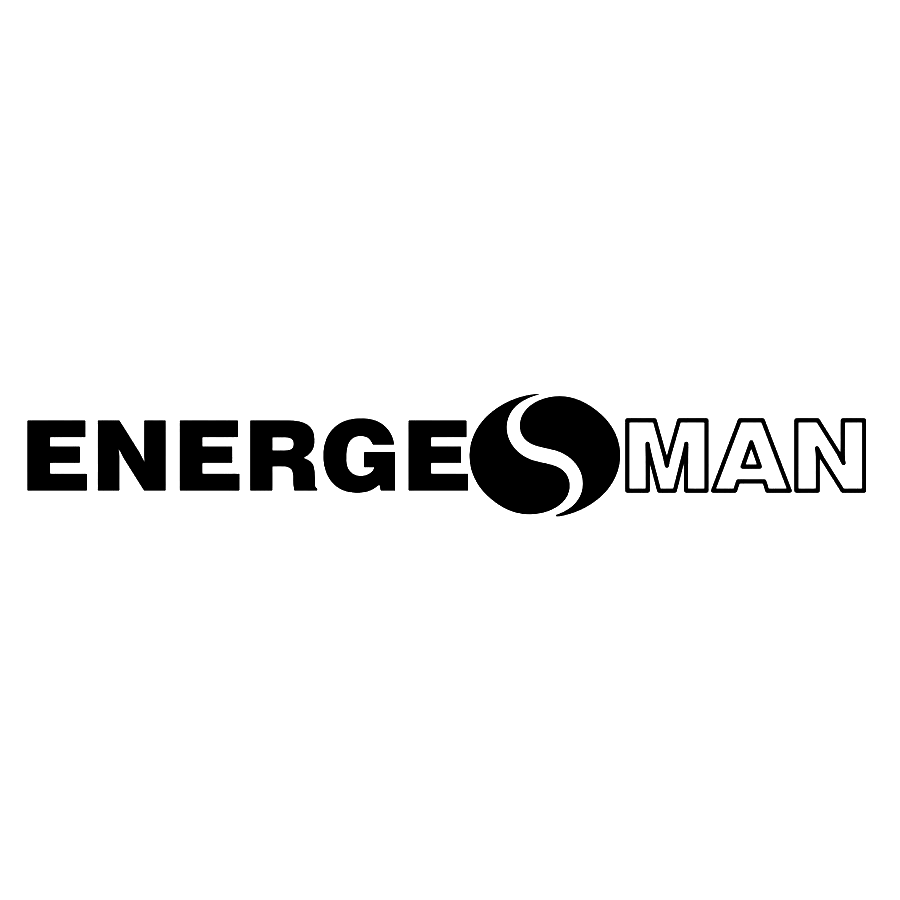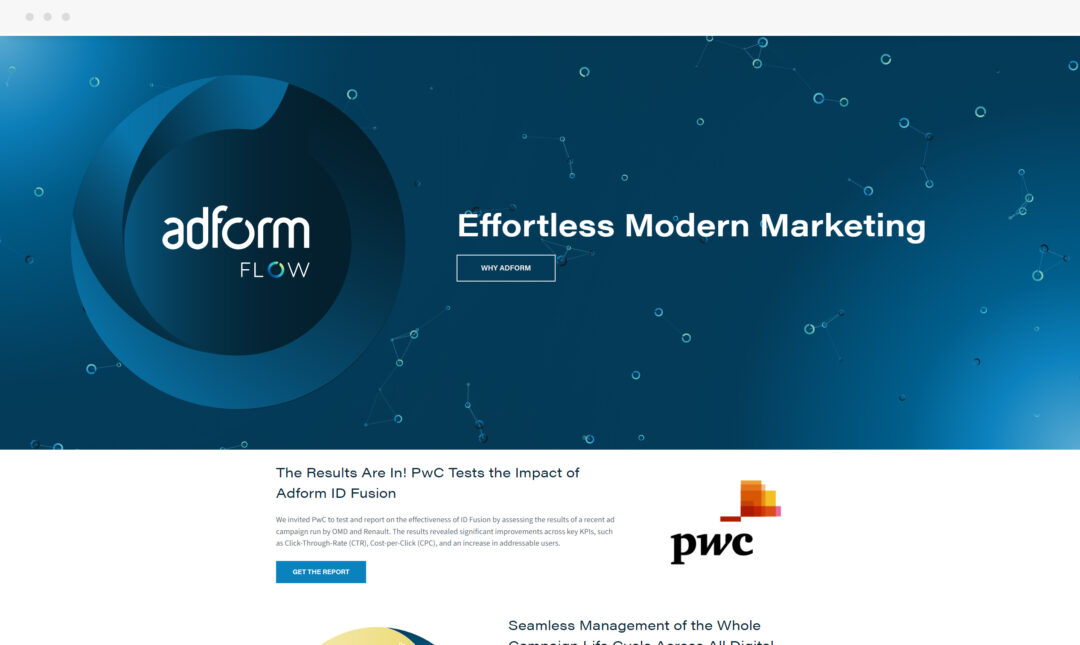ENERGESMAN

Challenge: Waste morphology inaccuracy
Our client is dedicated to sustainability, investing heavily in circular economy and recycling initiatives. To guide these efforts, they relied on quarterly waste sampling. Over time, they noticed gaps: some projects underperformed, and the data didn’t match real-world outcomes. The issue was that traditional sampling offered only a partial view—waste composition varied too much, and small samples couldn’t fully capture these changes. This realization pushed them to adopt a new, more accurate approach.

Implementation
Once the data was collected, we meticulously reviewed all the samples to ensure that the images used for training were of high quality. This was a particularly time-consuming process, given the large volume of data (~75 000 images) required for effective model training. Using state-of-the-art deep learning techniques, our team trained object detection models optimized through advanced metrics. Then Softeta validated model performance and deployed the solution on cloud.

Solution: AI-powered computer vision system built by Softeta

Key capabilities delivered: automatic detection and counting of 6+ waste categories, with ongoing expansion; real-time video processing from 3 conveyor belts simultaneously; actionable analytics and anomaly alerts to inform operational decisions instantly.
Technologies used:
 Python
Python
 PostgreSQL
PostgreSQL
 OpenCV
OpenCV
 Docker
Docker
 FastAPI
FastAPI
 PyTorch
PyTorch
Value delivered – transforming operations with AI:
- 1 Significant reduction in manual labor and sorting errors
- 2 Real-time insights that empower faster, smarter decisions
- 3 Improved regulatory compliance through transparent, accurate data
- 4 A strong foundation for future autonomous sorting systems which are now in progress







